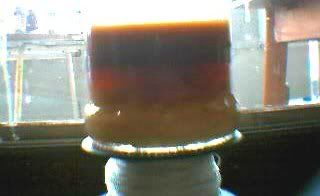Doesn't it seem strange that in a book which proposes
many procedures for syntheses of energetic materials , and given the potential dangers attendant to such business , that there would be such dismal performance in providing the references to sources which were the basis for the procedures being described
Is there even one single good patent number given as a reference in that Ledgard work ?
( which we should perhaps rename )
Energetica Ledgerdermainica Acta ....
written by Poofer the Magician






 ,
which doesn’t exist in straight nitric acid but does in a nitric-sulfuric mix.
,
which doesn’t exist in straight nitric acid but does in a nitric-sulfuric mix. Well, basically
it's a benzene ring with three perchloratoamino (a perchlorate group attached to a nitrogen atom with a hydrogen attached to it also, the
nitrogen is attached to the benzene ring) groups and three diazonium ion groups attached. The negative charge is compensated by three azide ions.
Well, basically
it's a benzene ring with three perchloratoamino (a perchlorate group attached to a nitrogen atom with a hydrogen attached to it also, the
nitrogen is attached to the benzene ring) groups and three diazonium ion groups attached. The negative charge is compensated by three azide ions.

